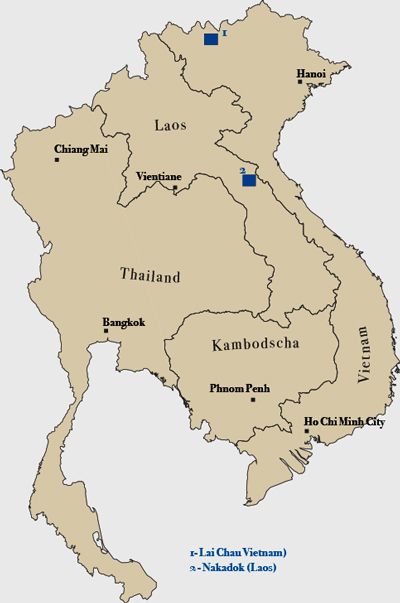 |
||
|
Slate deposits of Vietnam and Laos The slates of Vietnam lie in the northernmost part in the province of Lai Chau. The most important quarries are Nam Ho, Nam Ban and Lai Chau.
The area of Lai Chau lies in roughly N-S oriented Dien Bien Phu fault zone with a length of 160 km (107 mi.) and a width between 6 - 10 km (4-7 mi.). The geology is charcterised by sediments and metamorphic rock of proterozoic, paleozoic and mesozoic age.
Overview of the slate deposits of Vietnam and Laos.
In Laos slate occurs in the area of Nakadok. This blue-black slate with intercalations of sandstone is of the "Nam Houay Formation" and has a thickness of 2-3 m. The slate shows a good fissility and the resulting thickness of slate shingles varies 0,4 - 1 cm.
In accordance to the geological map, the area comprise Cambro-Silurian units and rocks of the Lower Devonian. Here also phyllites are listed which could be the mentioned roofing slates. |
